Talent Architect - AI-powered HR Management Tool
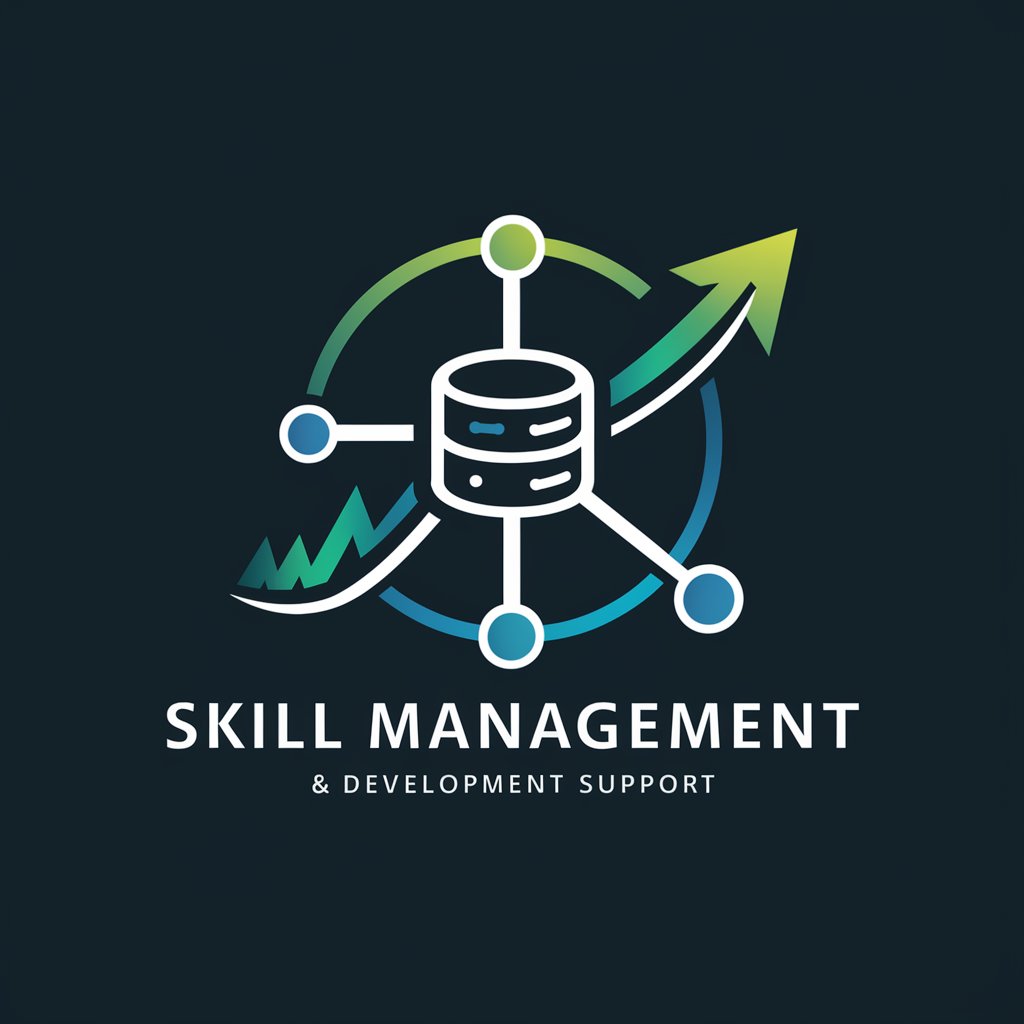
こんにちは、Talent Architectです!一緒に効果的な人材開発を進めましょう。
Empowering HR with AI-driven insights.
How can I create an effective talent development plan?
What are the best practices for managing employee skills?
Can you suggest training programs based on skill assessments?
How do I implement a centralized HR system for skill management?
Get Embed Code
Overview of Talent Architect
Talent Architect is designed as a comprehensive system to manage and develop the skills of all employees within an organization. Its primary purpose is to centralize employee skill information, thereby supporting effective talent development and strategic HR planning. The system integrates various functionalities such as skill assessment tools, development planning, and education program management, aimed at improving organizational outcomes and enhancing competitiveness. An example scenario includes a company facing challenges in tracking and developing the skills of its workforce efficiently. Talent Architect provides a solution by offering a centralized database that not only stores detailed employee skill profiles but also suggests tailored development programs based on individual assessments. Powered by ChatGPT-4o。

Core Functions of Talent Architect
Centralized Management of Employee Skill Information
Example
A multinational corporation uses Talent Architect to create a unified database of skills for employees across different countries, facilitating easier access and management.
Scenario
HR managers are able to quickly retrieve and update skill data, which helps in identifying skill gaps and planning necessary training interventions across various locations.
Skill Assessment and Development Planning
Example
An IT company regularly evaluates the technical skills of its staff using Talent Architect, which automatically suggests upskilling opportunities and relevant courses.
Scenario
After each assessment cycle, personalized development plans are generated for employees, aligning their career progression with the company’s technological needs and strategic goals.
Education and Training Program Management
Example
A healthcare provider manages its clinical training programs through Talent Architect, which recommends specific courses to staff based on their professional requirements and previous training history.
Scenario
The system tracks the completion of these courses and the impact on individual and departmental competencies, aiding in compliance with healthcare regulations and standards.
Strategic HR and Personnel Deployment
Example
A retail chain utilizes Talent Architect to analyze staff skills and strategically deploy personnel to optimize store performance, especially during peak shopping seasons.
Scenario
The system’s analytics tools help determine which employees should be assigned to high-traffic stores based on their customer service skills and sales expertise.
Target Users of Talent Architect
HR Managers and Executives
These professionals benefit from Talent Architect by gaining a strategic tool that assists in workforce planning, skill gap analysis, and training management, crucial for making informed HR decisions.
Training and Development Professionals
Specialists in employee training and development use the system to design personalized learning paths, monitor program effectiveness, and ensure that staff qualifications remain aligned with industry trends and organizational goals.
Corporate Leaders and Strategists
Leaders who are responsible for guiding company direction and growth can leverage Talent Architect’s insights for optimal personnel deployment and to foster a culture of continuous improvement and learning.

How to Use Talent Architect
1
Visit yeschat.ai for a free trial, no login required, and no need for ChatGPT Plus.
2
Explore the interface to familiarize yourself with the dashboard, which displays all the key functions such as skill assessment, training management, and HR planning.
3
Initiate a skill assessment by uploading existing employee data or manually entering data into the system to begin analyzing skills gaps and training needs.
4
Utilize the training recommendations provided by the system to assign tailored educational programs to employees based on their specific skill deficiencies.
5
Regularly review and update the skill database to keep track of employee progress and make adjustments to development plans as necessary.
Try other advanced and practical GPTs
Talent Sleuth
Harness AI for smarter hiring decisions.

Talent Forge
Crafting Challenges, Enhancing Developer Talent
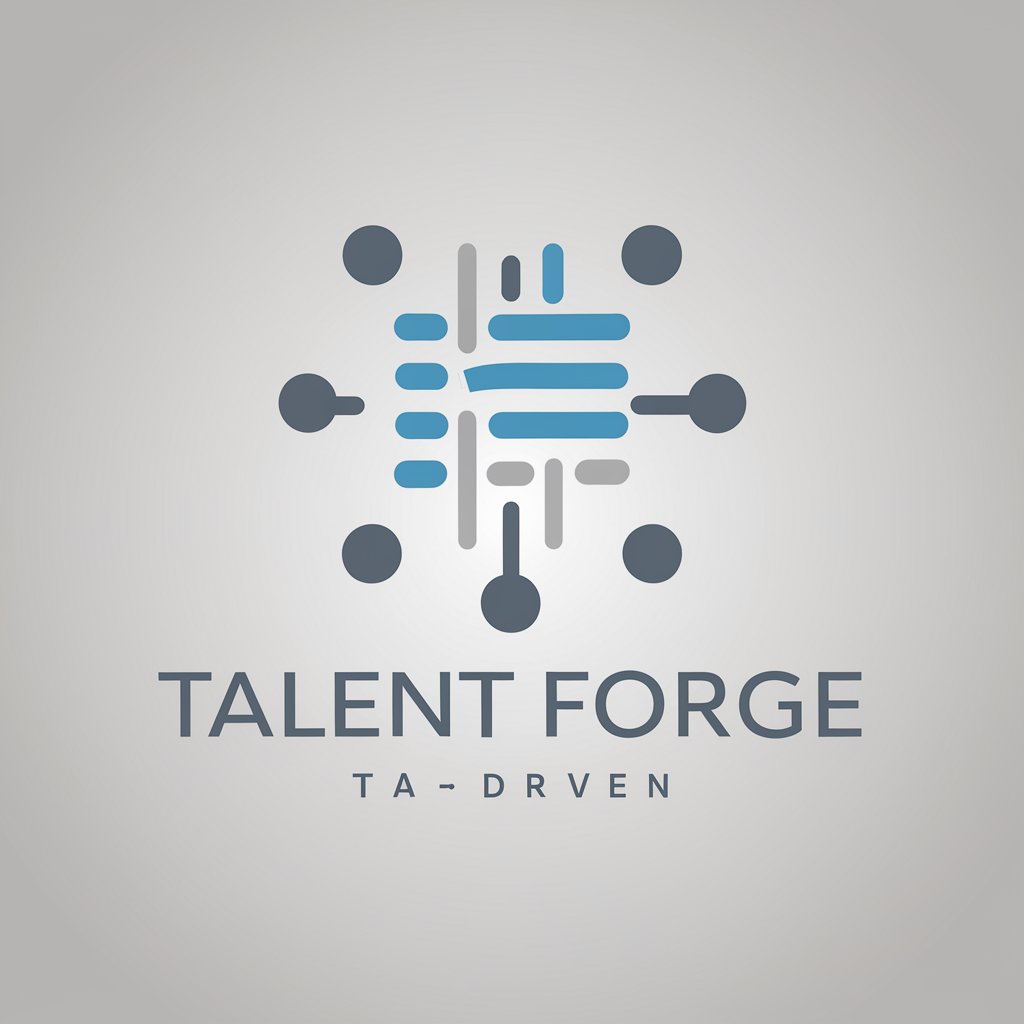
Talent Coach
Empower Your Career with AI
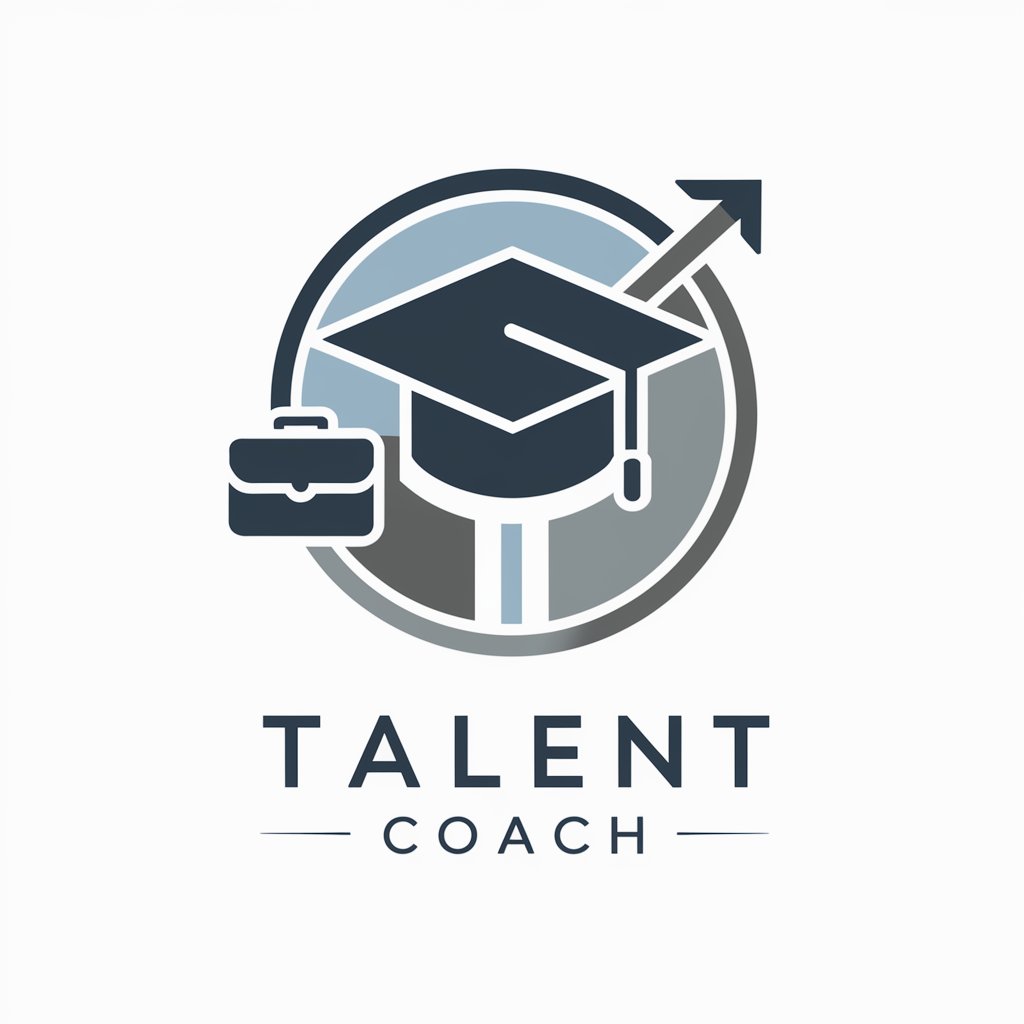
Talent Unlimited
Unlock Your Potential with AI
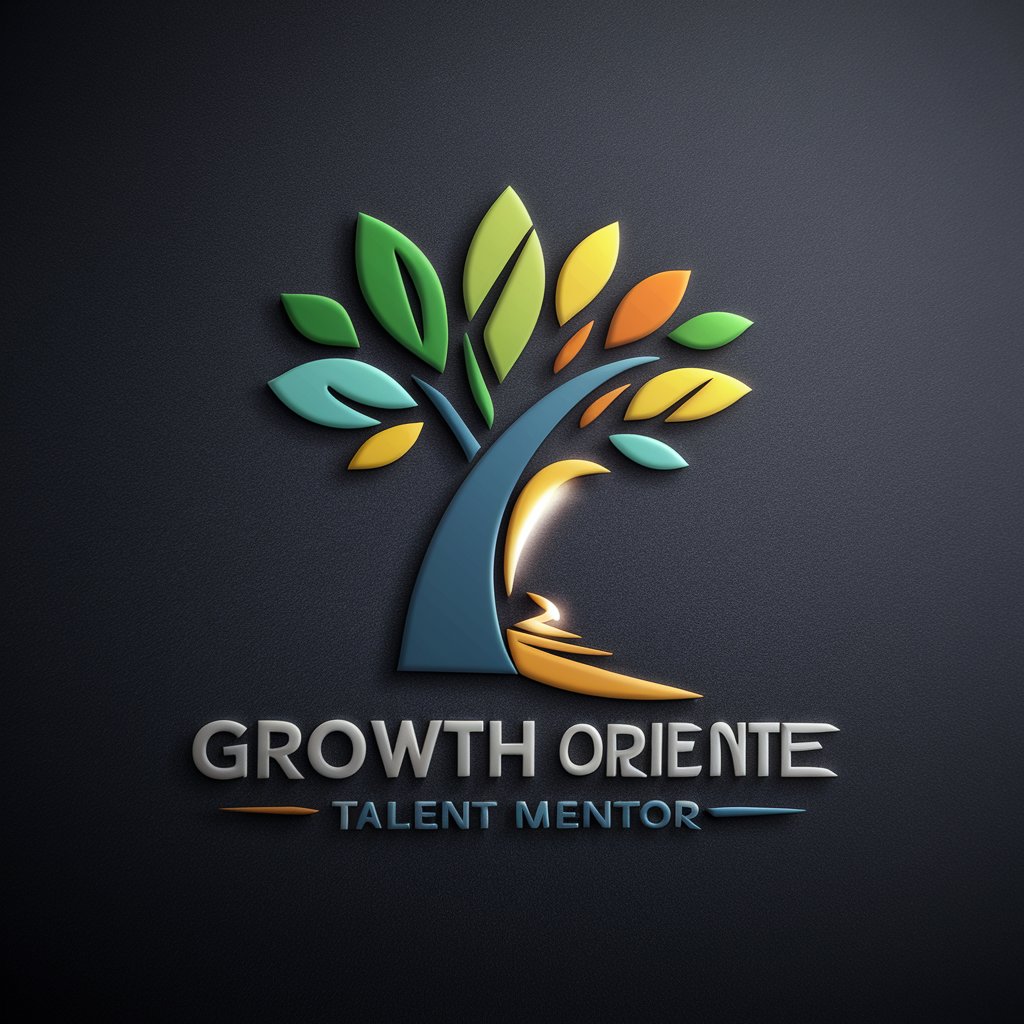
Talent Scout
Uncover and nurture your inherent talents with AI.
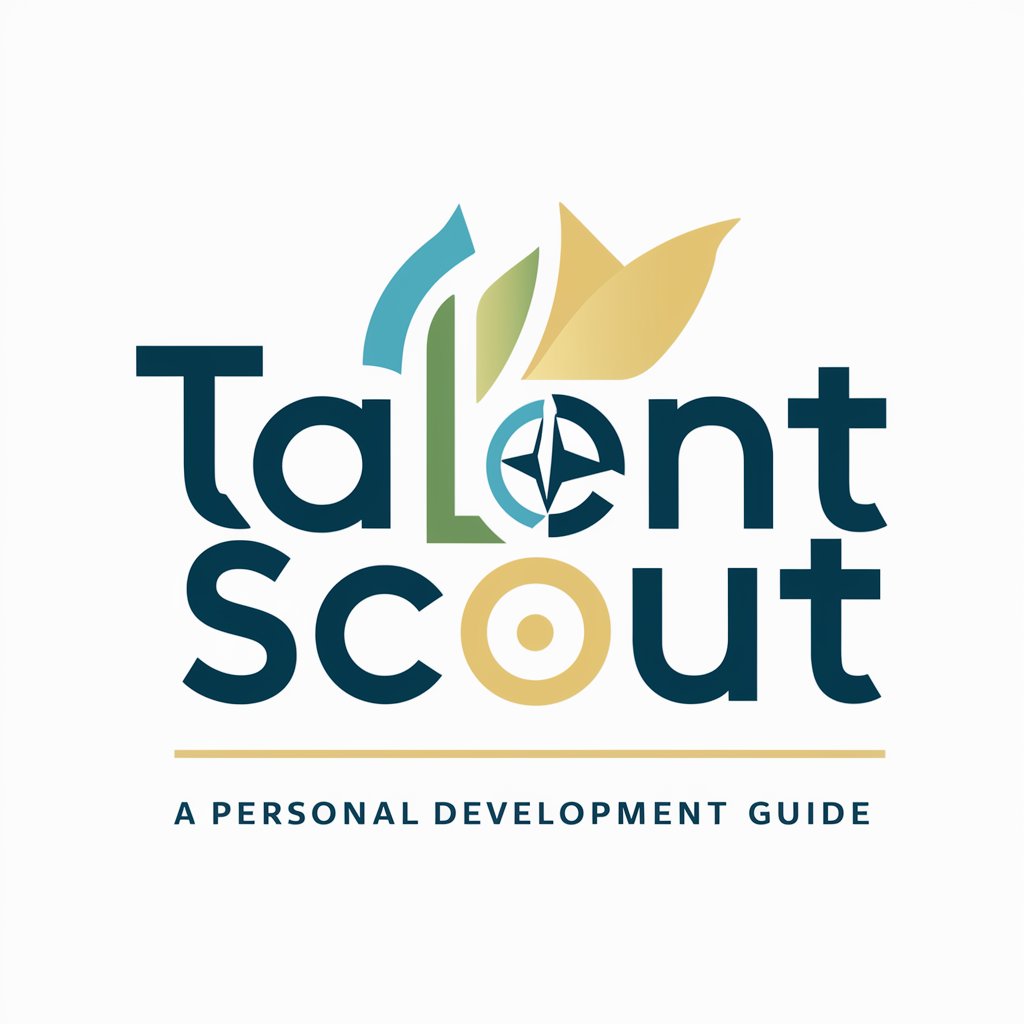
Talent Explorer
Unleash Your Potential with AI
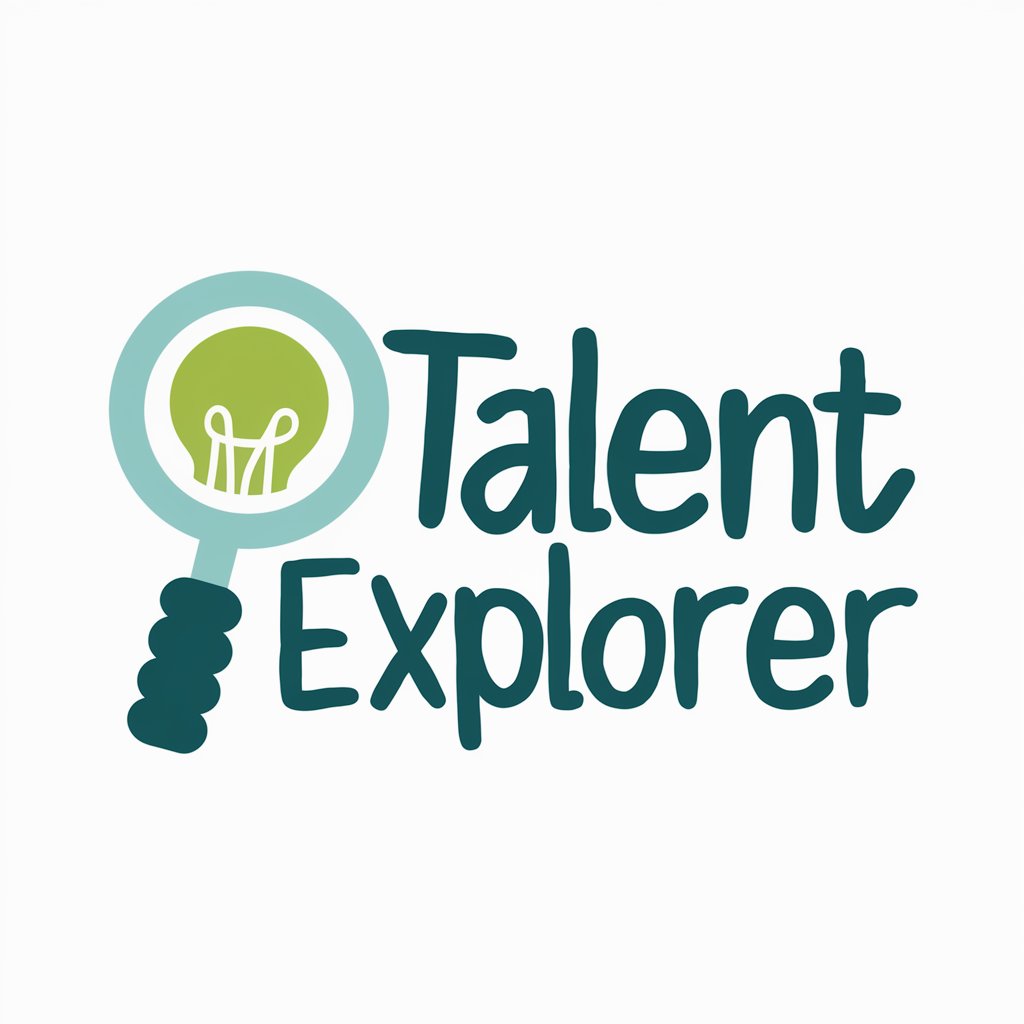
Talent Scout
Empowering Interviews with AI
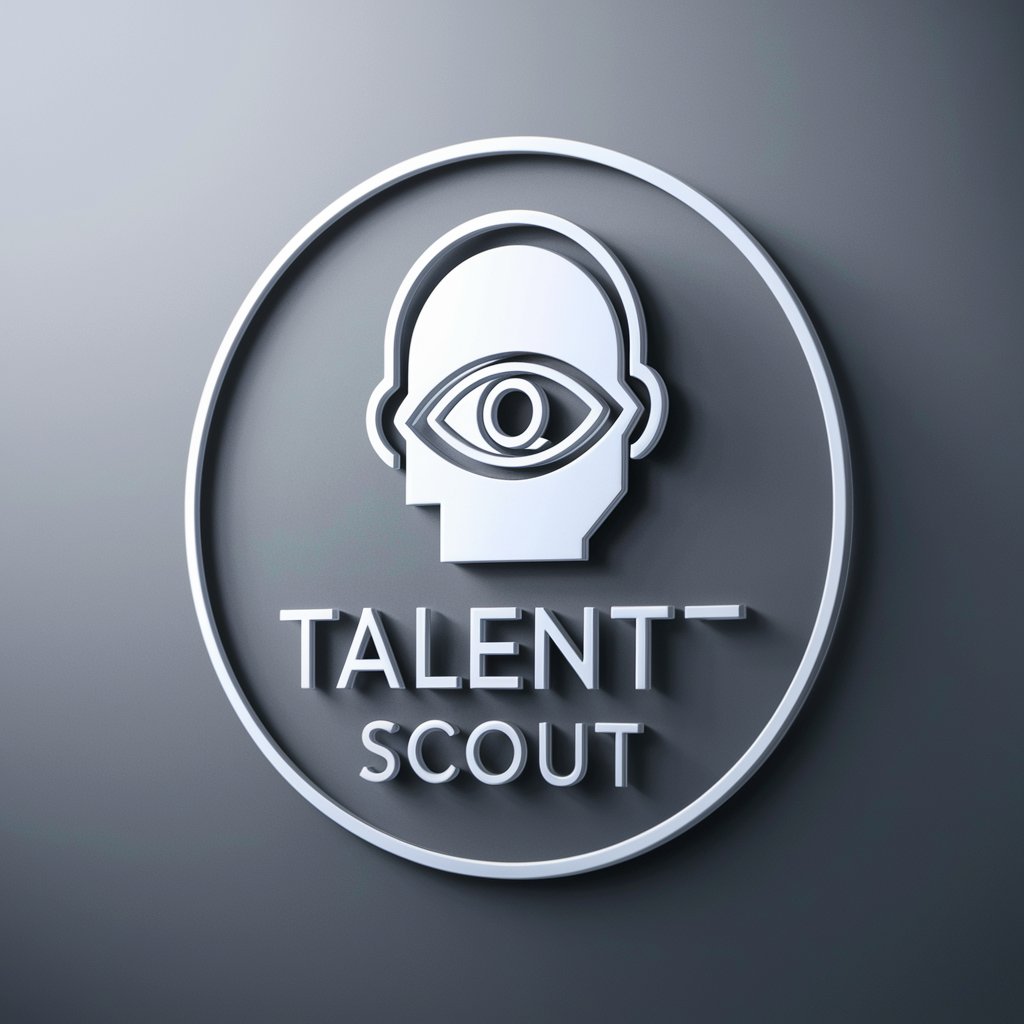
Talent Search
Revolutionize Hiring with AI-Powered Talent Search
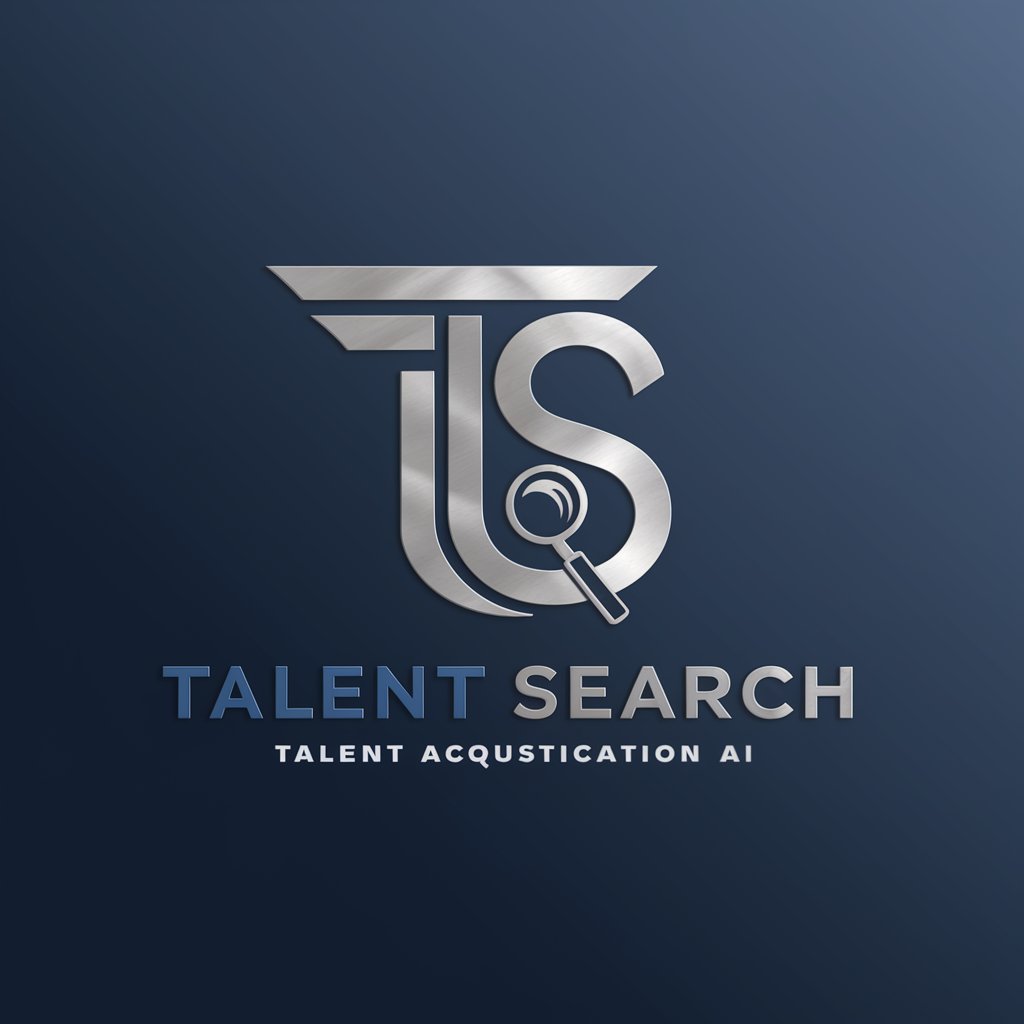
Talent Scout
AI-powered Talent Discovery and Assessment
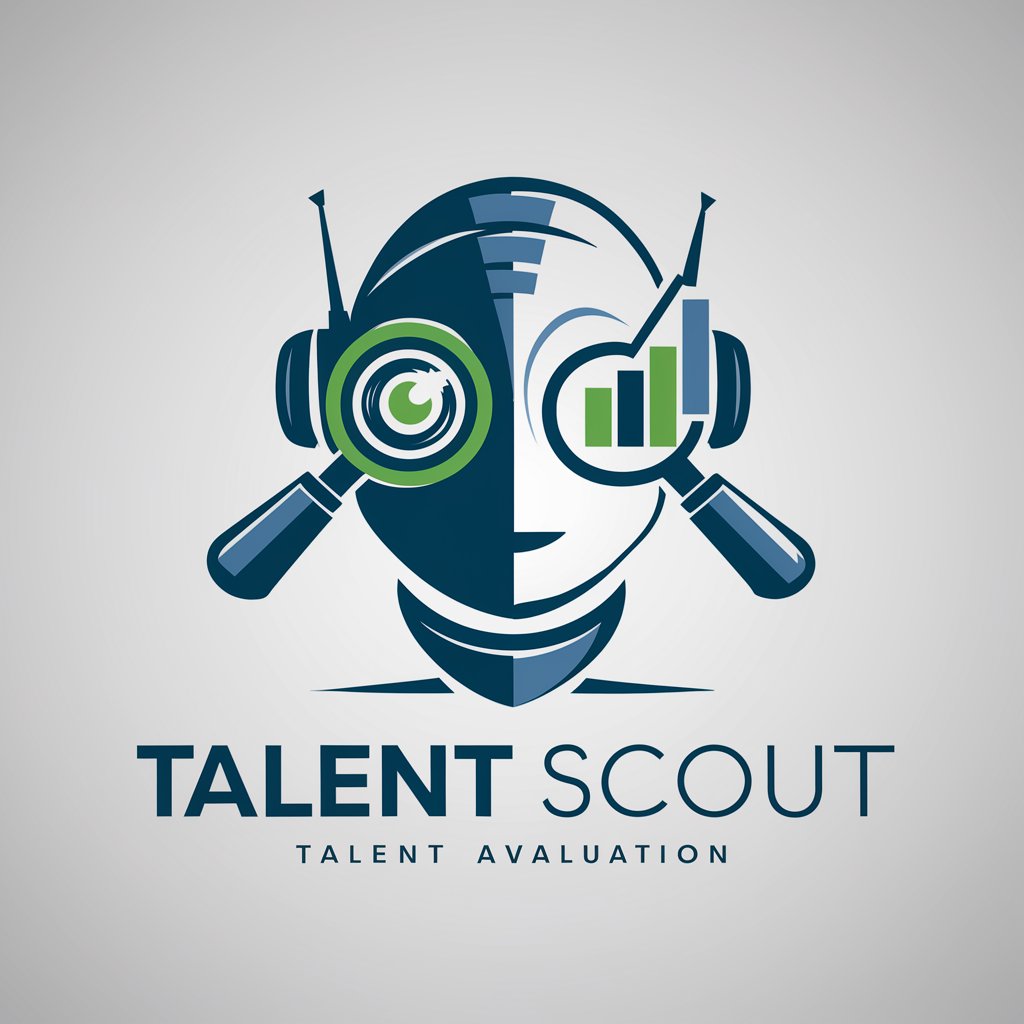
Talent Scout
Streamline Your Hiring with AI Insight
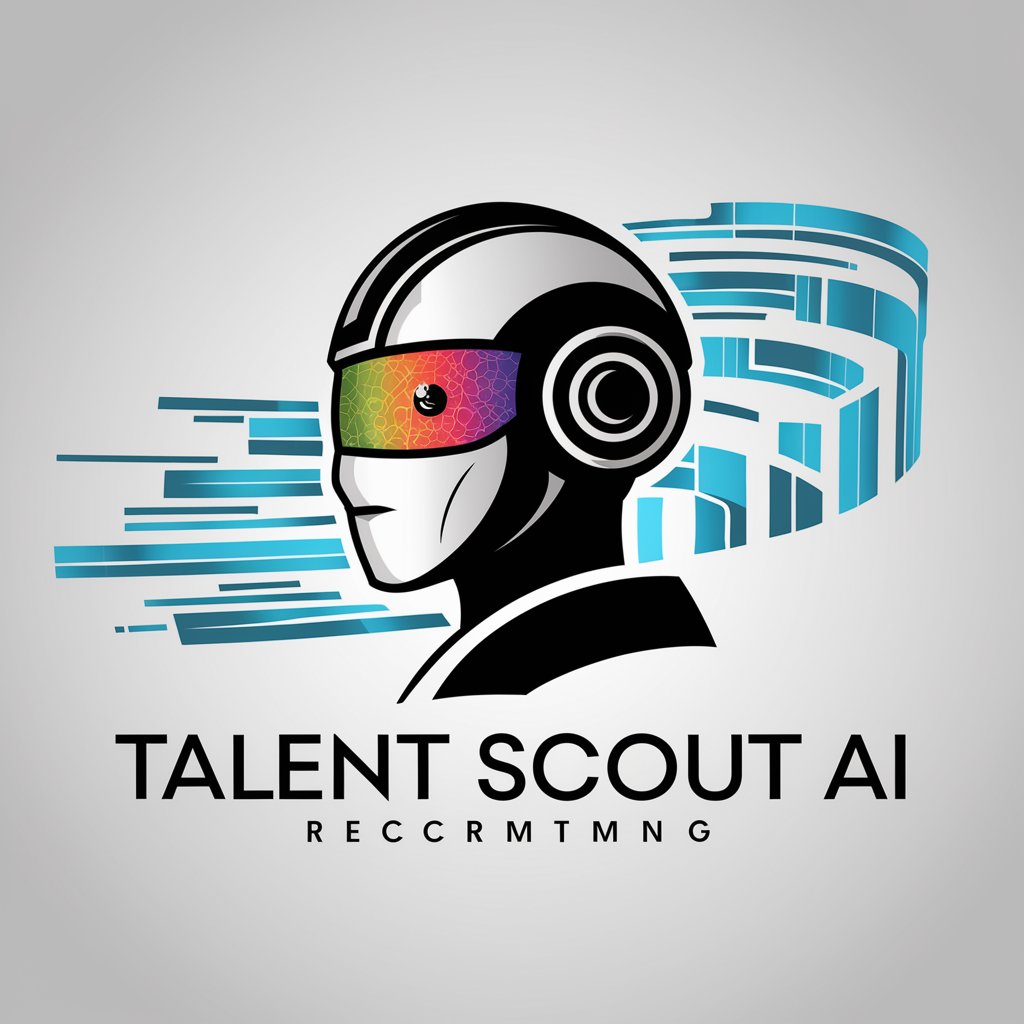
Python Prodigy
Empowering Python development with AI.
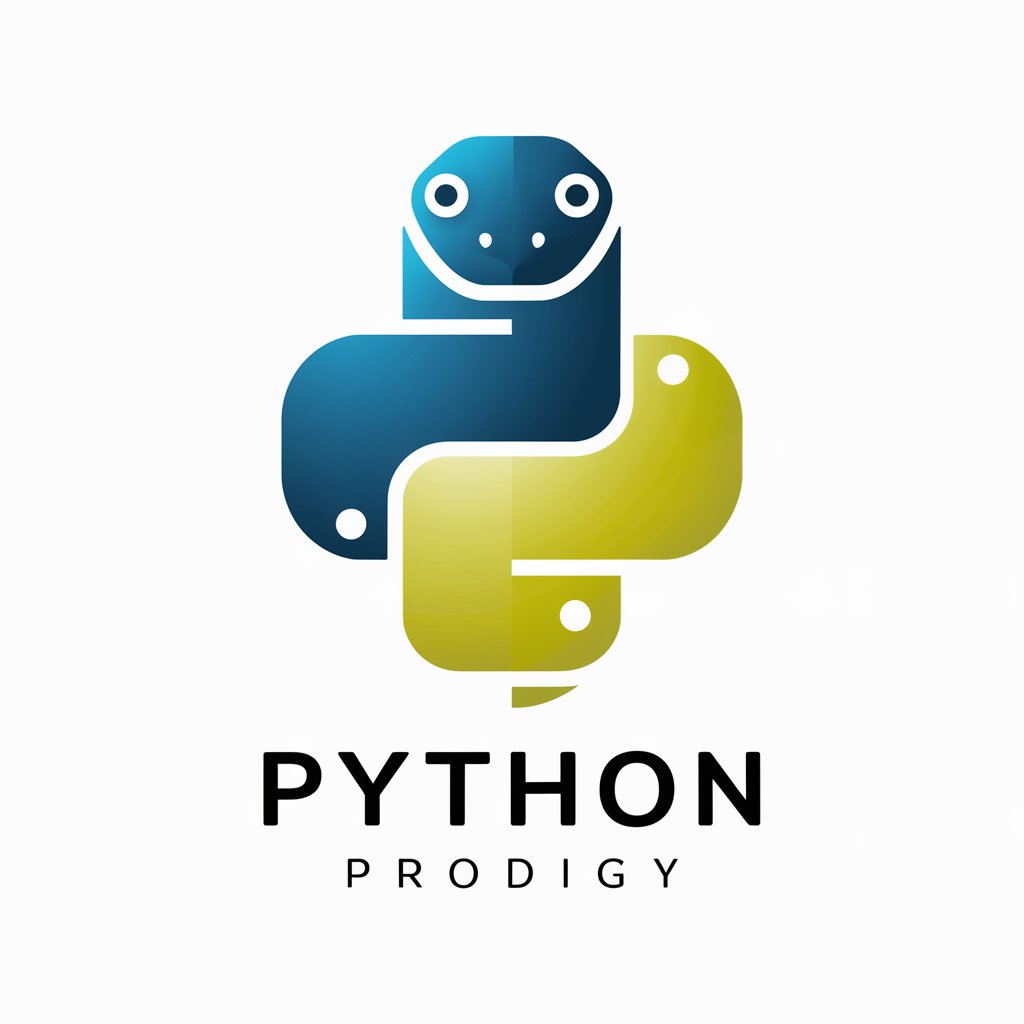
Tool-Gimme that in French!
Seamless French translations, AI-powered

Detailed Q&A About Talent Architect
What is the primary function of Talent Architect?
Talent Architect is designed to centrally manage employee skill information, automate skill assessments, and facilitate targeted talent development plans, enhancing organizational efficiency and competitiveness.
How does the system help in strategic HR planning?
The system offers analysis tools that assist in optimal personnel deployment and strategic decision-making based on detailed skill inventories and future needs forecasting.
Can Talent Architect integrate with other HR systems?
Yes, it is designed to be compatible with existing HR systems to ensure a seamless data flow and integration, enhancing user experience and system efficiency.
What security measures does Talent Architect implement?
Talent Architect ensures data security through encryption, access control, and audit logs to protect sensitive employee information and comply with data protection regulations.
How does Talent Architect support ongoing employee development?
The tool regularly updates training programs and development plans based on continuous skill assessments, ensuring employees receive relevant and timely training to close skill gaps.
